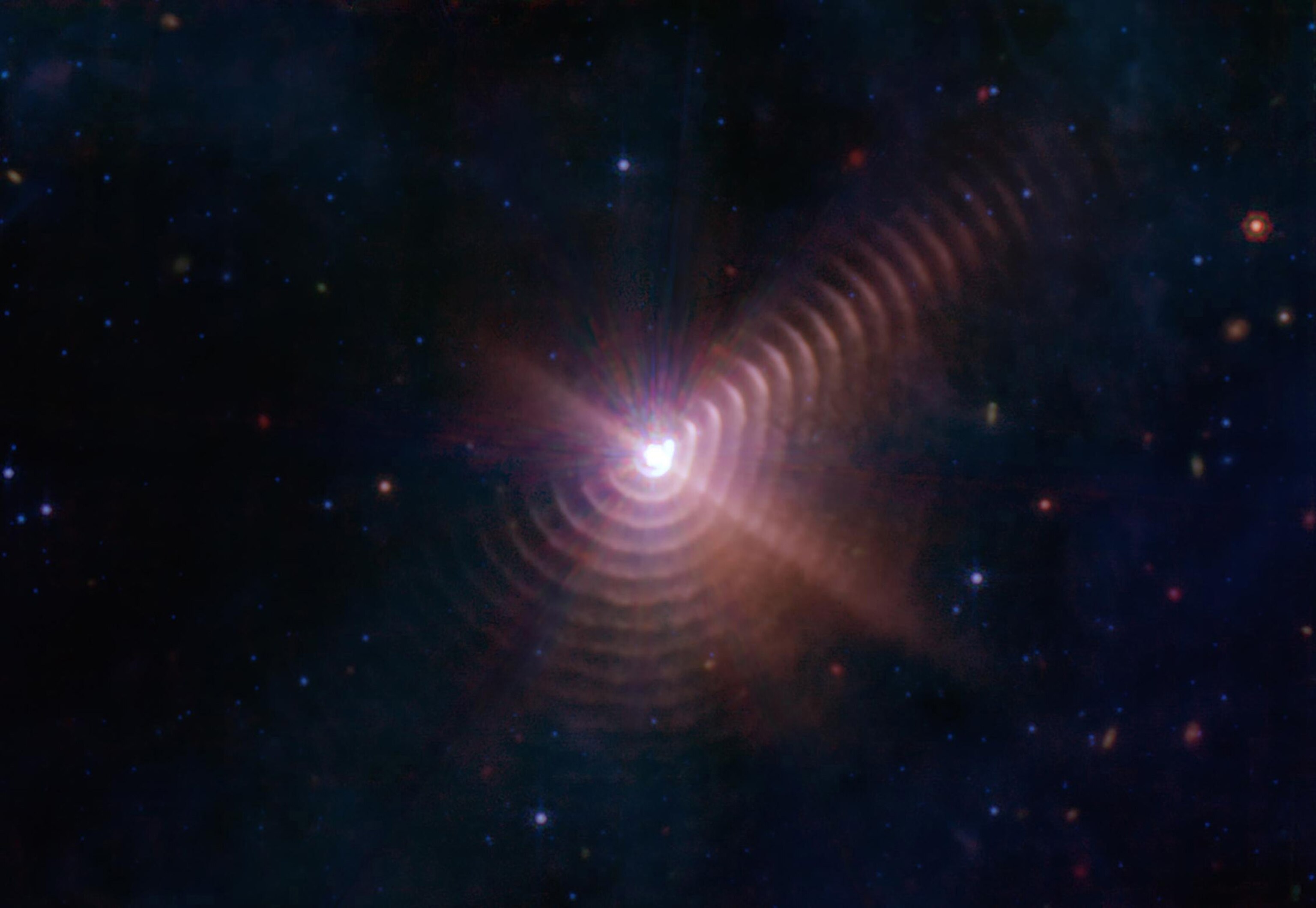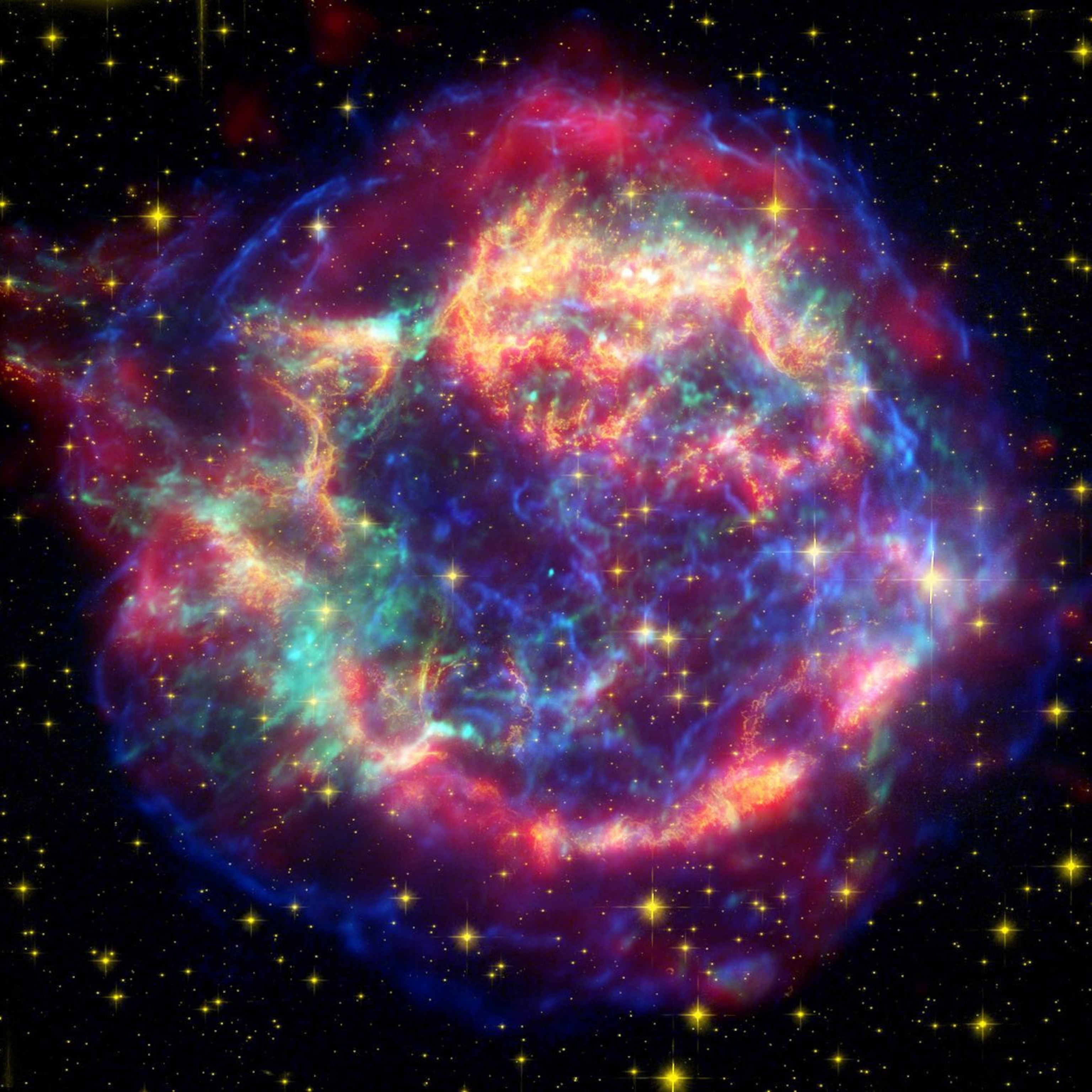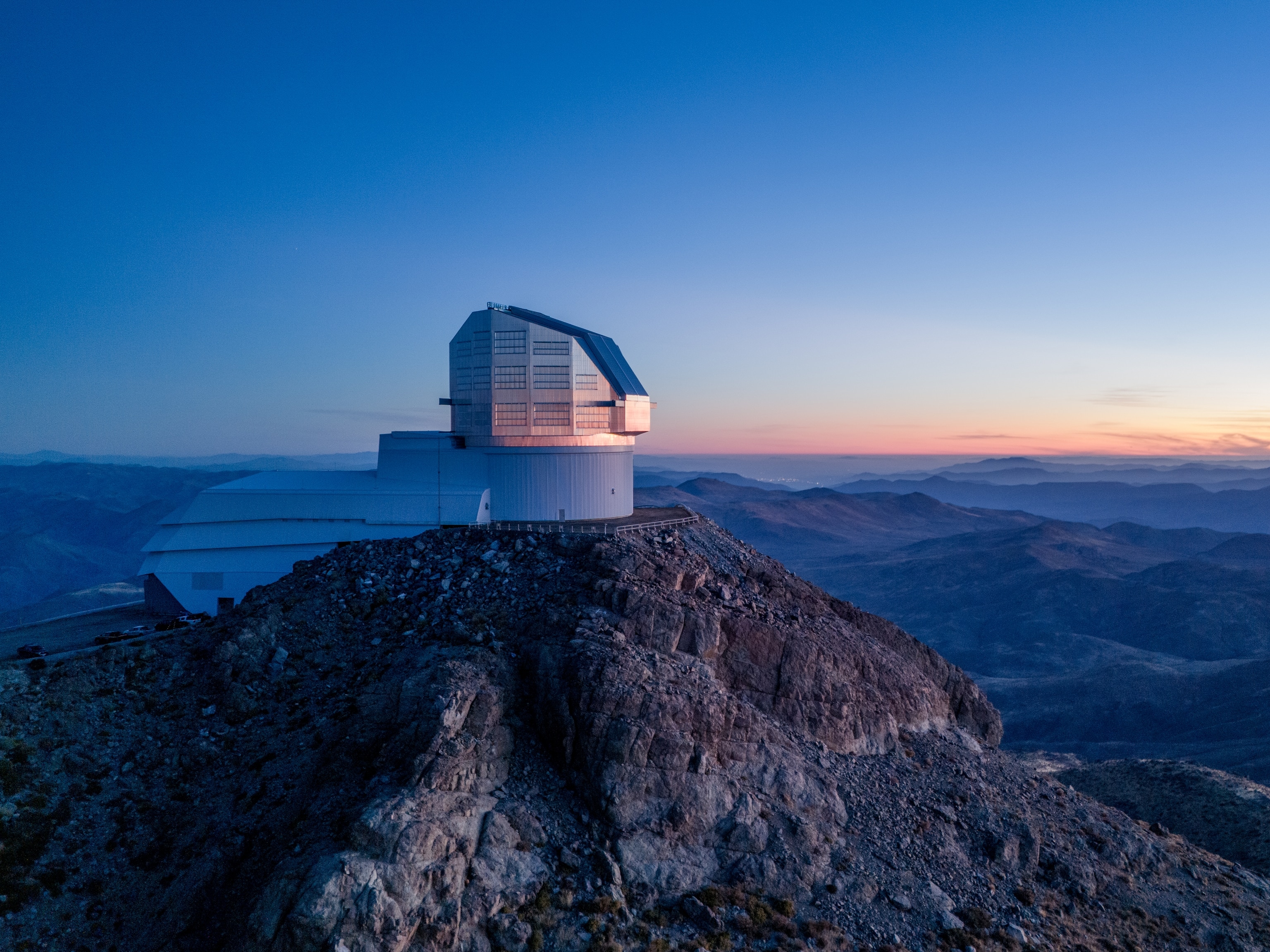
A new look at the hidden depths of the universe
The James Webb Space Telescope uses infrared light to peer through interstellar dust, revealing a universe that even scientists find overwhelming: “It just takes your breath away.”
From its perch a million miles away, NASA’s James Webb Space Telescope is revealing a universe that’s richer and more perplexing than astronomers previously imagined—a cosmos that largely hides behind a veil of dust.
The biggest space telescope in history, JWST pierces that veil by capturing infrared light. Less energetic than the light our eyes can see, infrared light passes more easily through cosmic dust, and the telescope's 21-foot-wide mirror can collect this light from some of the most distant objects in the universe.
“Interstellar dust is more like smoke. It’s smaller than the dust particles on your shelf,” says Jane Rigby, the operations project scientist for JWST. “My dad’s a firefighter, so I think about it like being in a smoky room with poor visibility.”


With its infrared eye, JWST can peer through the wildfires of the universe. Launched less than a year ago and fully operational for only six months, the telescope is already revealing a startling array of cosmic objects.
During a recent meeting at the Space Telescope Science Institute in Baltimore, scientists shared some of the first results from the observatory. Those included the distances to some of the farthest galaxies yet discovered, newly observed ancient star clusters, a cloud of water surrounding Saturn’s moon Enceladus, and symmetric dust shells enveloping a big, blustery star—puffs of particles that are regularly blown out by the star itself.

Thomas Zurbuchen, NASA’s chief of science, says that watching JWST peer through cosmic dust is a bit like watching the clouds clear from atop a mountain in his native Switzerland.
“All of a sudden, the fog lifts and your heart just beats faster,” he says. “It just takes your breath away. You see nature in incredible colors—and it’s more beautiful than you ever imagined.”


Other images from the space observatory capture distant and primordial parts of the cosmos, like the first publicly released image: a small patch of sky studded with countless ancient galaxies. To make that image, the telescope stared into the darkness for 12.5 hours, collecting infrared light that had been traveling through space for billions of years.
“The reason I was so emotionally overwhelmed by it was the recognition that what I’m looking at has always been there—for billions of years—almost an overwhelmingly long time, and yet we hadn’t seen it,” Zurbuchen says. “This is the beginning of a journey into the unknown, with a new set of eyes.”








